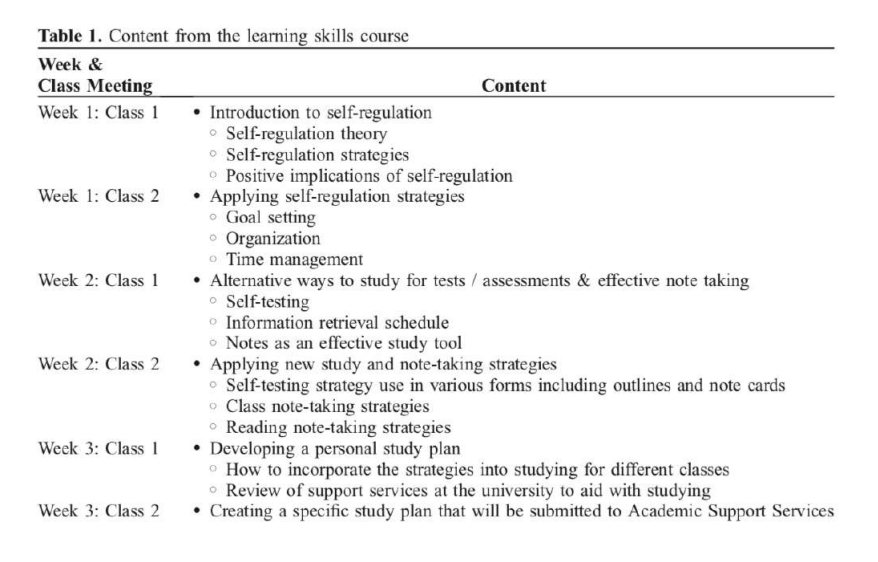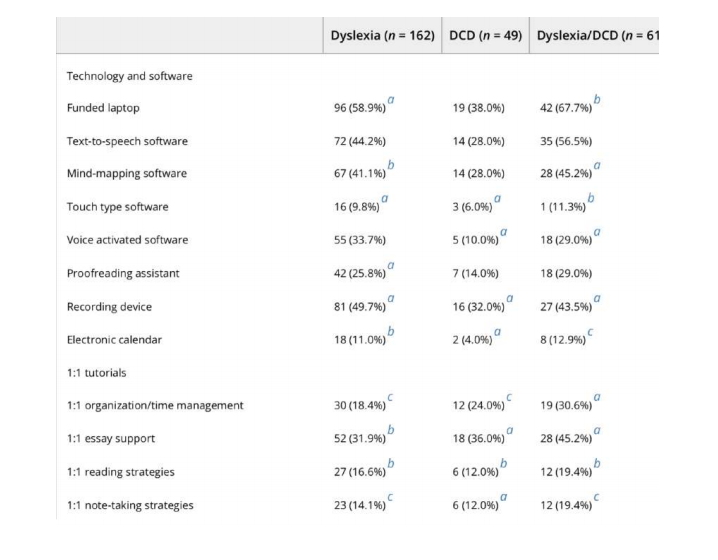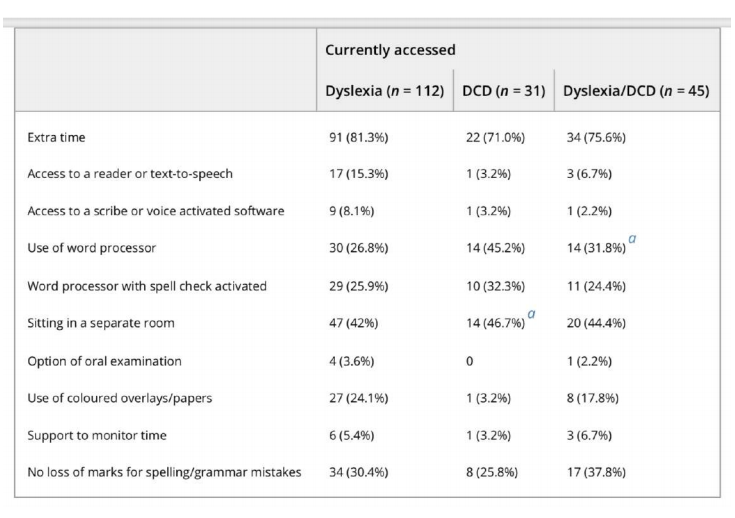 “One half of all students who begin college fail to complete their degrees, resulting in wasted talents, time, and resources… Educating students on learning skills only solves part of the problem for students at risk for dropping out of college. According to this study, students need time to learn and effectively practice the strategies in their classes.”
“One half of all students who begin college fail to complete their degrees, resulting in wasted talents, time, and resources… Educating students on learning skills only solves part of the problem for students at risk for dropping out of college. According to this study, students need time to learn and effectively practice the strategies in their classes.”
– Sara Renzulli, PhD
It’s a striking statistic that half of all students who attend college fail to complete their degrees. Students with learning differences often comprise a significant percentage of those groups.
Dr. Sara Renzulli has a practical and helpful research paper about how her intervention (a 2x per week class on learning strategies for a total of 6 sessions) had a positive effect on student achievement.
Previous studies have found that a majority students simply report “reading” as the primary means for studying for exams even though simply reading material is not the most efficient way of retaining information and preparing to answer multiple choice questions.
From Karpicke et al, 2009: “Testing enhances learning not only if instructors give tests and quizzes in the classroom but also if students practise recall while they study on their own…
“research with educationally relevant materials has shown that repeatedly reading prose passages produces limited benefits beyond a single reading.. This is especially true when repeated readings are massed together in a single learning session (from Fernette: such as cramming for a test), although spaced rereading tends to produce positive effects…”
In their study of 177 undergraduates, 84% of students reported reading as their primary strategy for studying, while 43% did practice problems and 40% used flashcards. About 30% rewrote notes and 26% had a study group. With the rise in study apps, I wonder if those numbers have changed.
Here is an outline of the learning strategies course described by Sara:

I do know that some resource classes in high school include a “learning strategies” or “study skills” course, but I agree with the author that some new approaches may be needed at the college level because of the sheer quantity of work assigned and different types for classes and, in some cases, laboratory work.
I liked how this course considered the demands of other courses while making their own assignments; for instance, when students were asked to try a new strategy in a course of their choice, they could choose their course and later reflect on whether the time demands were sustainable.
For instance, although rewriting notes was found to be a helpful strategy by one of the students whose detailed responses were included in the paper, it was too time-consuming to be used on a regular basis for most classes.
With time, this student was able to use flashcards for reviewing and reorganizing content. The process of making them helped her master the material and initiate a review earlier (spaced repetition), also likely contributing to a better educational outcome.
Students admitted that in college, without parental monitoring, they were less likely to spend sufficient time studying. All students boosted their studying time after the learning strategies course, and 8 out of 9 improved their GPAs.
Another study compared university students with dyslexia only, dyspraxia only, or dyslexia + dyspraxia and their use of assistive technology and other supports.
Students with dyslexia were more likely to use text-to-speech and mind mapping software compared to dyspraxic students; dyspraxic students were more likely to request 1:1 essay and time management support.

Accommodations use was also interesting in this study. 80+% requested extra time on exams. Only a small number requested a reader (3-15%).

An interesting observation of the study is that students taking the learning strategies course change their studying habits after it – and improved their GPAs.
For instance, on average, students reported studying 8 hrs per week for their exams, and afterwards, their study time more than doubled to an average of 19.4 hrs per week.
If you know of a student who is struggling, try to intervene and provide them with strategies that make their learning more effective and even enjoyable.














